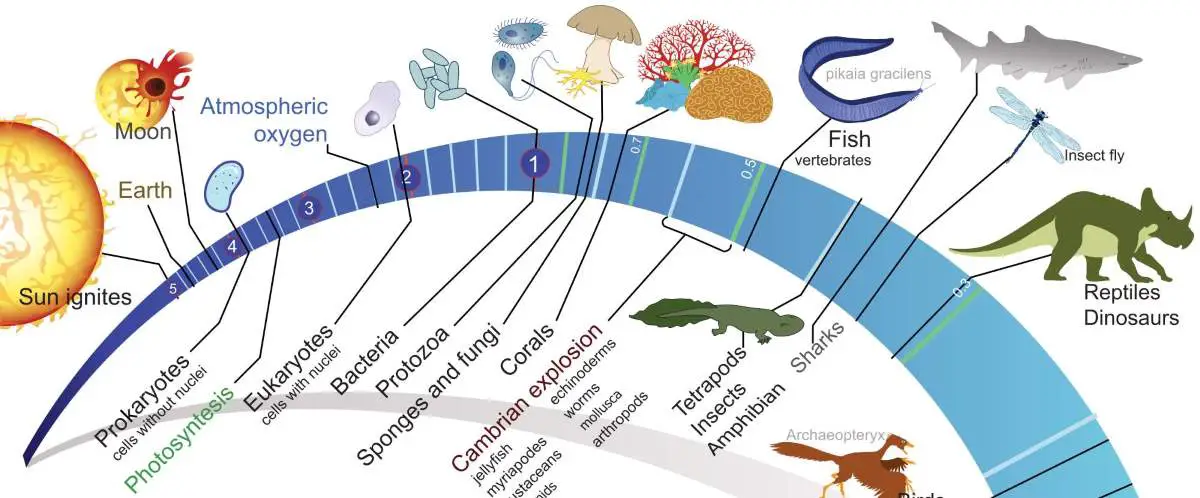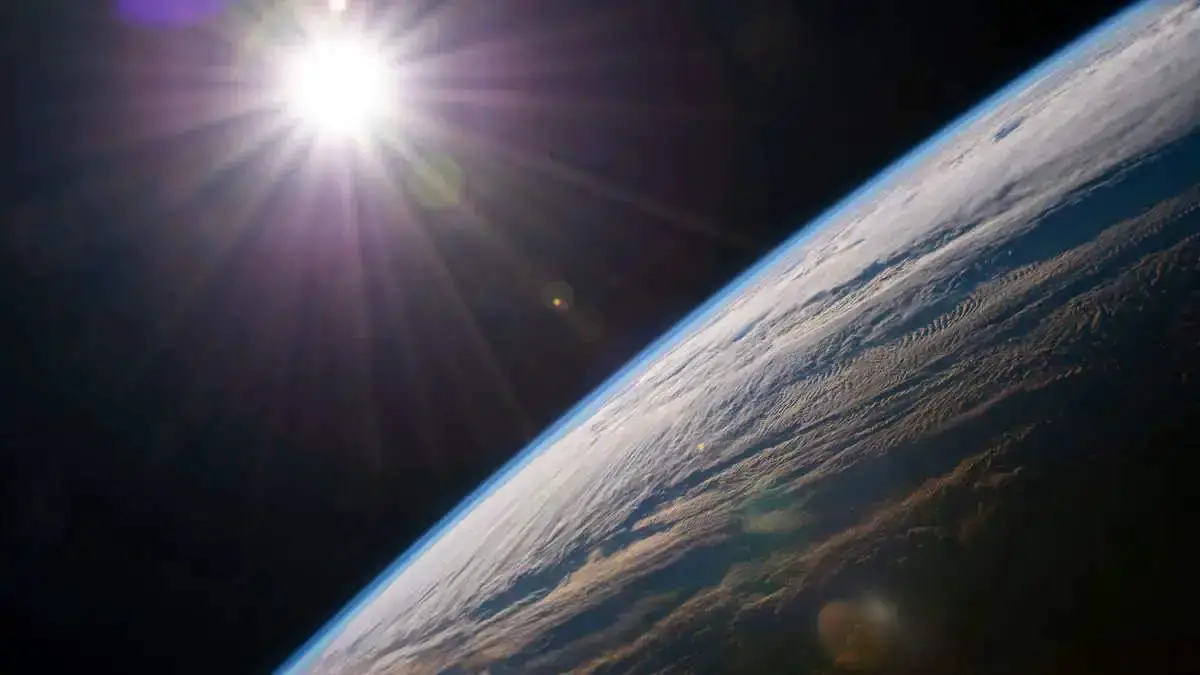The Planetary Society has announced that the LightSail mission is a success and LightSail 2 just raised its orbit around Earth using sunlight alone on their Twitter account @exploreplanets.


The Planetary Society has announced that the LightSail mission is a success and LightSail 2 just raised its orbit around Earth using sunlight alone on their Twitter account @exploreplanets.

Now we’re living on a warm, hospitable planet. As Carl Sagan has said “That’s home. That’s us. On it everyone you love, everyone you know, everyone you ever heard of, every human being who ever was, lived out their lives.” We, humans, are the unquestionable rulers of our little oasis in a hostile universe. But all things must pass. Life on Earth, even the planet itself, won’t last forever. What’s more, humans may go extinct before our planet (and probably before the life on it) dies out. Here are some possible (and horrible) ways how planet Earth (or, at least, life on Earth) could die.

Melodysheep published an amazing video titled “Timelapse of the future: a journey to the end of time”. This experience takes us on a journey to the end of time, trillions of trillions of years into the future, to discover what the fate of our planet, our sun, and our universe may ultimately be.
If this video won’t give you goosebumps, I don’t know what will.

I recently saw a question on Quora and it was like that: “Why is it called the ‘theory of evolution’ but the ‘law of gravity’?” This question is strongly related to a common misconception about evolution: “It is just a theory” – creationists always say “Evolution is just a theory”.

On 11 January 1672, the Fellows of the British Royal Society were treated to a demonstration of Isaac Newton’s reflecting telescope, which formed images with mirrors rather than with the lenses that had been used since the time of Galileo. Afterward, the fellows hailed Newton as the inventor of this marvelous new instrument, an attribution that sticks to the present.
However, this linear historical account obscures a far more interesting, convoluted story. Newton’s claim was immediately challenged on behalf of two other contenders, James Gregory,

Ignorance is a very, very bad thing. Last week, as North America suffering from extreme cold weather because of a phenomenon called “polar vortex“, Jim Hoft, founder of the American far-right news and opinion website The Gateway Pundit has tweeted that: “It’s a bit cold outside this morning in middle America… Aren’t you glad you aren’t heating your home with a solar panel like nitwit socialist @AOC is demanding?” (@AOC is the American politician and activist Alexandria Ocasio-Cortez here.) What Jim Hoft says is flat-out wrong. Solar panels DO work in the cold. They work by absorbing LIGHT from the sun, not heat.

The speed of light is the Universal speed limit – nothing can travel faster than light. In the vacuum (commonly denoted c), its exact value is 299,792,458 meters per second (around 186,000 miles per second). In other words, if you could travel at the speed of light, you could go around the Earth 7.5 times in one second.

A microgravity environment is a perfect place to demonstrate basic physics, i.e. Newton’s laws of motion. In the videos published by the NASA Johnson channel, astronauts aboard the International Space Station (ISS) just do that.

The endless depths of the sky intrigue almost all humans alike. Space is like an abstract dream coming to life when it unfolds into a number of unseen horizons. The enormous nebulas, staggering hypernovae and the smattering of countless planets and stars make it a canvas of muse.
We are but a speck of dust in a desert full of possibilities when compared to the vastness of space. There are many realities prospering in the skies above us, it is only natural that we are still unaware of the majority of phenomena taking place on and around the stars.
Just like the count of stars, there are unlimited obscure and consternating facts dwelling in the depths of space. Most of them are surprising and are reminders for us that we are just an addition to the universe. Let us take a swim into the sky with these 10 amazing facts which are bound to fascinate you.

While scanning the interior of Earth using neutrinos, a team of scientists from Spain also used these subatomic particles to measure the mass of Earth. Their result is in agreement with the current best estimate, which was measured using the value of the gravitational constant (G).